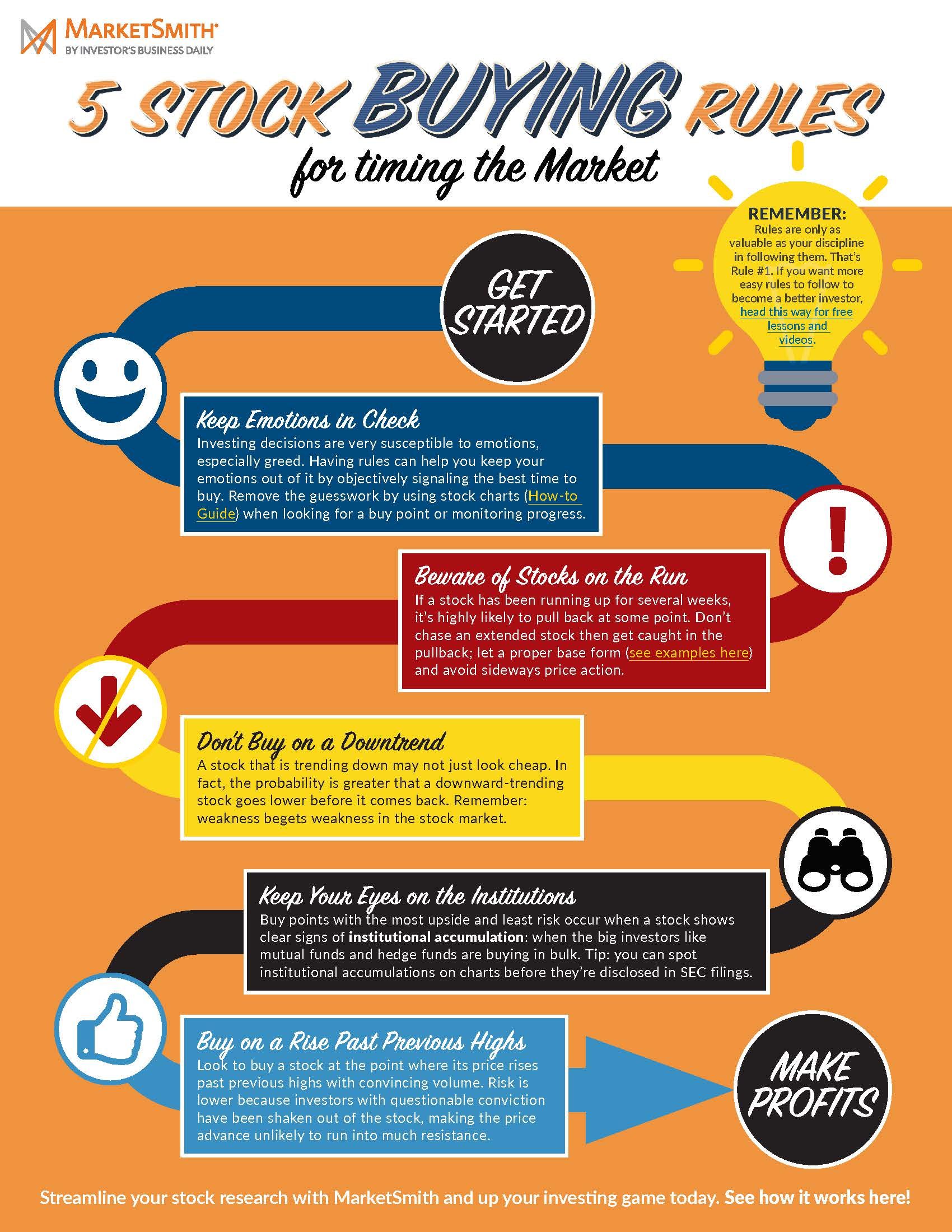
Risk management is essential for Forex trading. It is important to manage your risk. If you risk too much on one trade, it can reduce your long-term profits. Luckily, there are some forex risk management strategies that can help you achieve more successful trading. The following articles discuss how to integrate these strategies to your trading. These are not intended to be used as a guideline. These are not investment advice.
Position size
Limiting your position size is one way to minimize your risk. One good place to start is five positions. Each trade will have a risk. This will allow to you to reduce your risks and make your desired profit. Below are some strategies to reduce position size. They all assist in reducing your risk. All of these methods are based upon sound forex risk management principles. Which one should be used?
Calculating position size is the first step to proper Forex risk management. Position size is usually calculated using a dollar limit or a percentage. For example, a 10,000 trading account could expose $100 per trade to a 1% limitation, and $50 to a 0.5% restriction. Once you've determined how much you are willing to risk per trade you can multiply that number by half or twice depending on how much you wish to invest.

Stop loss
A Stop Loss in forex is an order to exit a losing market. Stop Loss in forex is used to avoid emotional trading decisions. This order, also known under the S/L acronym, can be placed simultaneously at Market Execution (or Instant Execution) accounts. Both are vital components of managing forex risk. Stop Loss Orders and Take Profit Orders are crucial components of forex risk management. These orders protect your capital while ensuring you make as little loss as possible.
Good risk management techniques include using both a take-profit and stop loss order. Having a set risk/reward ratio is crucial, as trading within that range increases the chances of success. It is best to set a stop and limit for every trade. Your stop loss should not exceed $1 per $1 that you are willing to risk. When using a stop loss, make sure the stop is as far away from the current market price as possible.
Controlling your emotions
To maximize your profits on the forex market, you must learn to control your emotions. Your emotions can often influence your trading decisions. A calm attitude can make or break a trade. For consistency and success, plan your trades carefully and consider realistic market conditions. This will help you evaluate the risks and make informed decisions.
Many traders struggle with emotion control in their trading, and this is a common problem. Although professional trading strategies are designed for a particular trader, many of these techniques can be applied to all traders and are applicable throughout your career. For forex trading success, however, you must be able control your emotions. Technical guides and tutorials are great but not enough. You will likely abandon your plan and make irrational decisions that could harm your trading results.

Leverage
Leverage allows you trade with a smaller capital and control large markets. This method can boost returns and decrease losses, depending on how you manage risk. FX traders often use leverage to increase their profits. However, this strategy comes with a high degree of risk. You have to choose the right amount of leverage for you to be successful.
Many high-leveraged traders experienced near-bankruptcy when the SNB depreciated the Swiss franc from Euro in January 2015. Another major market event, the Brexit vote, and the US presidential election, also reduced the amount of leverage brokers offered their clients. Trader's leverage allows traders to trade with greater amounts of money than they might otherwise be capable of. Without the high risk, this kind of exposure makes the trade more profitable.
FAQ
Should I diversify my portfolio?
Many people believe that diversification is the key to successful investing.
Many financial advisors will advise you to spread your risk among different asset classes, so that there is no one security that falls too low.
This approach is not always successful. You can actually lose more money if you spread your bets.
As an example, let's say you have $10,000 invested across three asset classes: stocks, commodities and bonds.
Consider a market plunge and each asset loses half its value.
You still have $3,000. If you kept everything in one place, however, you would still have $1,750.
In reality, your chances of losing twice as much as if all your eggs were into one basket are slim.
It is essential to keep things simple. Do not take on more risk than you are capable of handling.
Can I make a 401k investment?
401Ks are great investment vehicles. Unfortunately, not everyone can access them.
Most employers offer their employees two choices: leave their money in the company's plans or put it into a traditional IRA.
This means that you are limited to investing what your employer matches.
You'll also owe penalties and taxes if you take it early.
How long does it take to become financially independent?
It depends on many factors. Some people can become financially independent within a few months. Some people take years to achieve that goal. It doesn't matter how much time it takes, there will be a point when you can say, “I am financially secure.”
You must keep at it until you get there.
Statistics
- According to the Federal Reserve of St. Louis, only about half of millennials (those born from 1981-1996) are invested in the stock market. (schwab.com)
- They charge a small fee for portfolio management, generally around 0.25% of your account balance. (nerdwallet.com)
- Some traders typically risk 2-5% of their capital based on any particular trade. (investopedia.com)
- 0.25% management fee $0 $500 Free career counseling plus loan discounts with a qualifying deposit Up to 1 year of free management with a qualifying deposit Get a $50 customer bonus when you fund your first taxable Investment Account (nerdwallet.com)
External Links
How To
How to Invest with Bonds
Investing in bonds is one of the most popular ways to save money and build wealth. You should take into account your personal goals as well as your tolerance for risk when you decide to purchase bonds.
You should generally invest in bonds to ensure financial security for your retirement. Bonds may offer higher rates than stocks for their return. Bonds could be a better investment than savings accounts and CDs if your goal is to earn interest at an annual rate.
If you have the cash to spare, you might want to consider buying bonds with longer maturities (the length of time before the bond matures). Investors can earn more interest over the life of the bond, as they will pay lower monthly payments.
There are three types of bonds: Treasury bills and corporate bonds. Treasuries bills are short-term instruments issued by the U.S. government. They have very low interest rates and mature in less than one year. Corporate bonds are typically issued by large companies such as General Motors or Exxon Mobil Corporation. These securities tend to pay higher yields than Treasury bills. Municipal bonds are issued in states, cities and counties by school districts, water authorities and other localities. They usually have slightly higher yields than corporate bond.
When choosing among these options, look for bonds with credit ratings that indicate how likely they are to default. The bonds with higher ratings are safer investments than the ones with lower ratings. Diversifying your portfolio in different asset classes will help you avoid losing money due to market fluctuations. This protects against individual investments falling out of favor.